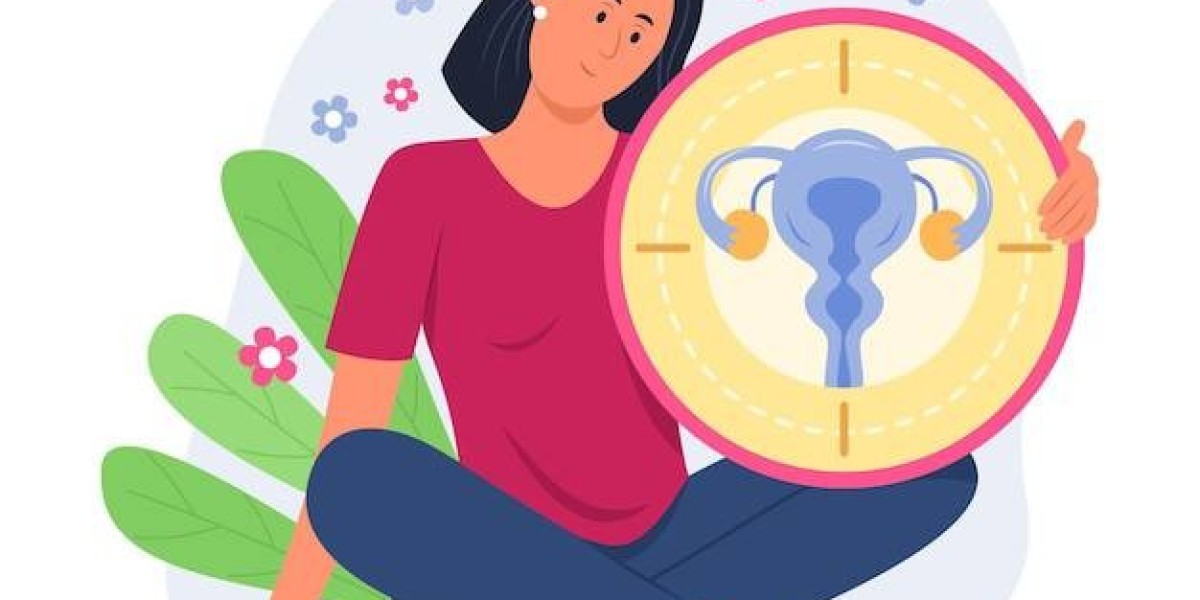In the complex field of women's reproductive health, advanced maternal age, low testosterone in women, and diminished ovarian reserve are crucial concepts that have significant implications for fertility and overall health. While these terms are often discussed in the context of reproductive health, they refer to distinct physiological conditions with unique causes, symptoms, and management strategies.
Advanced Maternal Age: The Rising Trend and Its Implications
Advanced maternal age refers to pregnancy in women who are aged 35 years or older. This trend is becoming increasingly common as many women choose to pursue education, career, or personal goals before starting a family.
Implications of Advanced Maternal Age
- Increased risk of chromosomal abnormalities in the baby, such as Down syndrome.
- Higher likelihood of pregnancy-related complications like gestational diabetes and preeclampsia.
- Possible need for assisted reproductive technologies (ART) due to age-related decline in fertility.
Despite these challenges, many women of advanced maternal age have healthy pregnancies and babies. Prenatal care, lifestyle modifications, and medical interventions when necessary can significantly mitigate risks.
Low Testosterone in Women: An Often-Overlooked Condition
While testosterone is typically associated with men, it also plays a vital role in women's health. Low testosterone in women can lead to a range of symptoms and health issues.
Causes and Symptoms of Low Testosterone in Women
- Causes include adrenal insufficiency, ovarian failure, and certain medications.
- Symptoms may encompass reduced libido, fatigue, muscle weakness, and mood disturbances.
Treatment for low testosterone in women is complex and typically focuses on addressing the underlying cause. Hormone replacement therapy may be considered in some cases, but it requires careful evaluation by a healthcare professional.
Diminished Ovarian Reserve: A Challenge in Female Fertility
Diminished ovarian reserve (DOR) refers to a decrease in the quantity and quality of a woman's eggs, often related to aging but can also occur in younger women.
Understanding Diminished Ovarian Reserve
- Caused by natural aging, genetic factors, medical treatments like chemotherapy, or surgical procedures.
- DOR can lead to difficulties in conceiving and an increased risk of miscarriage.
- Diagnosed through tests measuring follicle-stimulating hormone (FSH), anti-Müllerian hormone (AMH), and antral follicle count (AFC).
Management of DOR focuses on fertility preservation strategies, such as egg freezing, and the use of assisted reproductive techniques.
Distinguishing Between These Conditions
While advanced maternal age, low testosterone in women, and diminished ovarian reserve all relate to female reproductive health, they represent different challenges:
- Advanced Maternal Age is primarily about the risks and management of pregnancy later in life.
- Low Testosterone in Women involves hormonal balance and its impact on overall well-being and sexual health.
- Diminished Ovarian Reserve focuses on the quantity and quality of eggs available for fertilization, directly impacting fertility.
Conclusion
Understanding the differences between advanced maternal age, low testosterone in women, and diminished ovarian reserve is crucial for women and healthcare providers to make informed decisions about reproductive health and fertility. Each condition requires a unique approach, balancing the benefits and risks of various treatments and interventions. Women experiencing any of these issues should engage in open discussions with their healthcare providers to explore their options and develop a plan that best suits their individual health needs and family planning goals.








